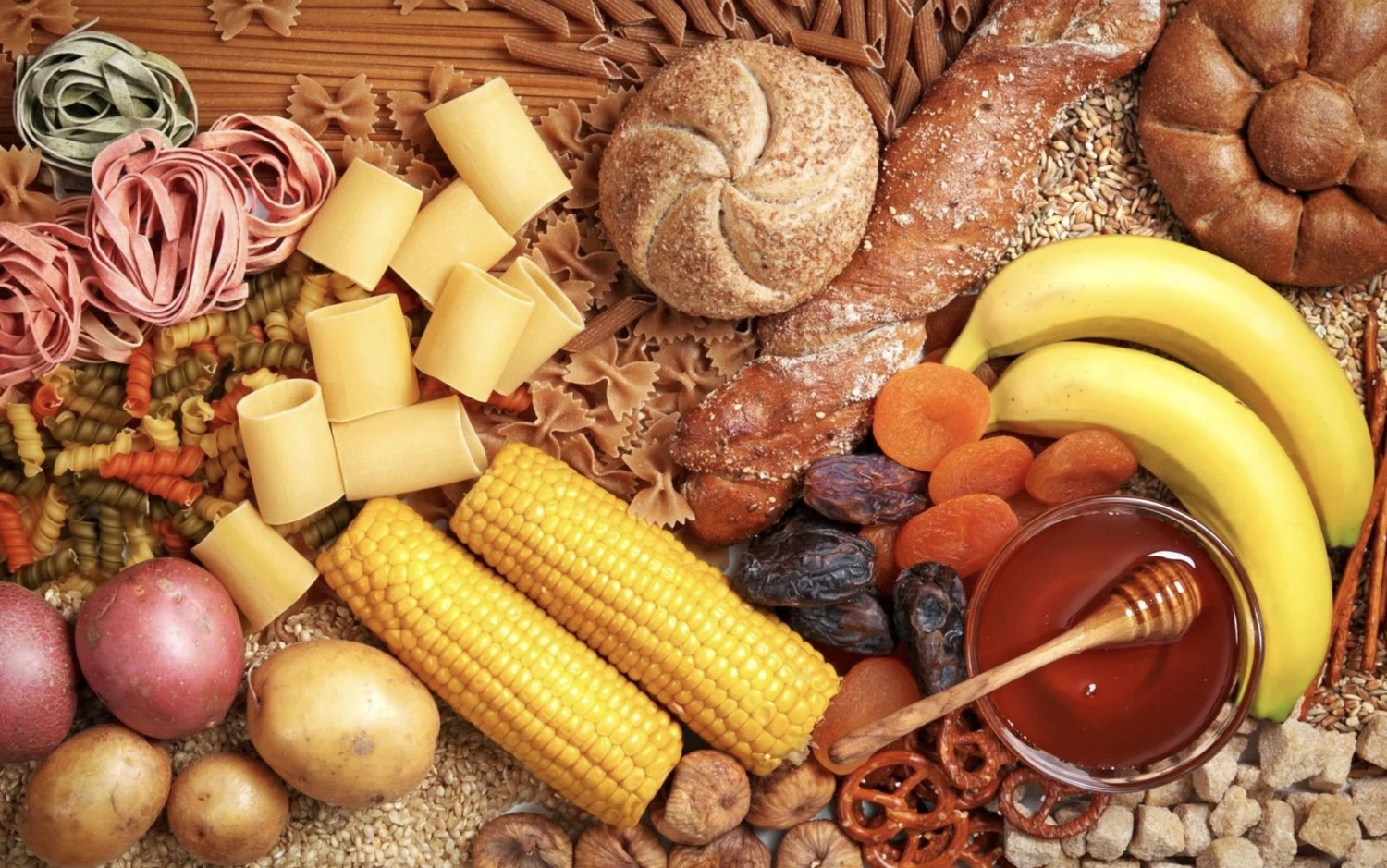As we all know, all foods consist of proteins, fats and carbohydrates. These are macronutrients without which we wouldn't survive a single day. Let's examine in detail what these compounds are and how to consume them))
Carbohydrates are macromolecules that perform a number of vital functions in our body: structural, energetic, reserve, specific, and protective. We won't delve into complex biochemistry - let scientists handle that - but we'll cover general questions about carbohydrates. These macronutrients are found mainly in plant-based products (grains, bread, vegetables and fruits) in the form of mono-, di- and polysaccharides.
When talking about carbohydrates, it's important to discuss the concept of a product's glycemic index. This characteristic reflects the ability to raise blood glucose levels after consuming an amount of product that contains 50g of carbohydrates. The glycemic index of 50g of pure glucose is taken as 100%. All food products are divided into those with high GI and low GI. During the off-season, foods with high GI can be present in the diet, but only in small, individually selected amounts.
Monosaccharides are simple sugars (glucose, fructose) of primitive biochemical structure. They are found in fruits, berries and honey. Monosaccharides are also formed during the hydrolysis of di- and polysaccharides.
Disaccharides are nutrients of more complex structure than monosaccharides. Representatives include sucrose, maltose and lactose. They are found in malt, beets, and milk.
It's important to remember that even during the off-season, for most athletes (not counting fighters with abnormally high metabolic rates), the percentage of monosaccharides and disaccharides in the diet should not exceed 20-25% of the total amount of carbohydrates consumed. This type of carbohydrates should be consumed in the first half of the day, while in the second half of the day preference should be given to small amounts of complex carbohydrates, protein and vegetables.
Now it's time to talk about complex carbohydrates - polysaccharides. These are long chains of monomeric units. This type of carbohydrates includes plant starch (found in potatoes, bread, rice, buckwheat, etc.). Also included in this category is glycogen - "animal starch." On average, 5-15g per day enters the body.
Dietary fiber is also an important element of a healthy diet. These are ballast substances - polysaccharides that are non-digestible or difficult to break down during digestion. They are found in rye bread, cabbage, beets, carrots, and apples. The consumption norm is 25-35g/day. The importance of dietary fiber is enormous. They can reduce the GI of consumed products, serve as a source of nutrition for intestinal microflora, stimulate bile secretion, accelerate intestinal peristalsis and much more.
So how many carbohydrates should we eat in total? The norm for a person weighing 70kg is 250-580g of carbohydrates per day (approximately 5.7 grams per 1kg of weight). For professional athletes, the need increases - for this weight, a typical diet should contain an average of 500-650g (about 8.1 grams per 1kg of weight).
Have questions or just want to discuss the article material?
Write to me anytime and I'll definitely try to help you!
For all types of communication:
